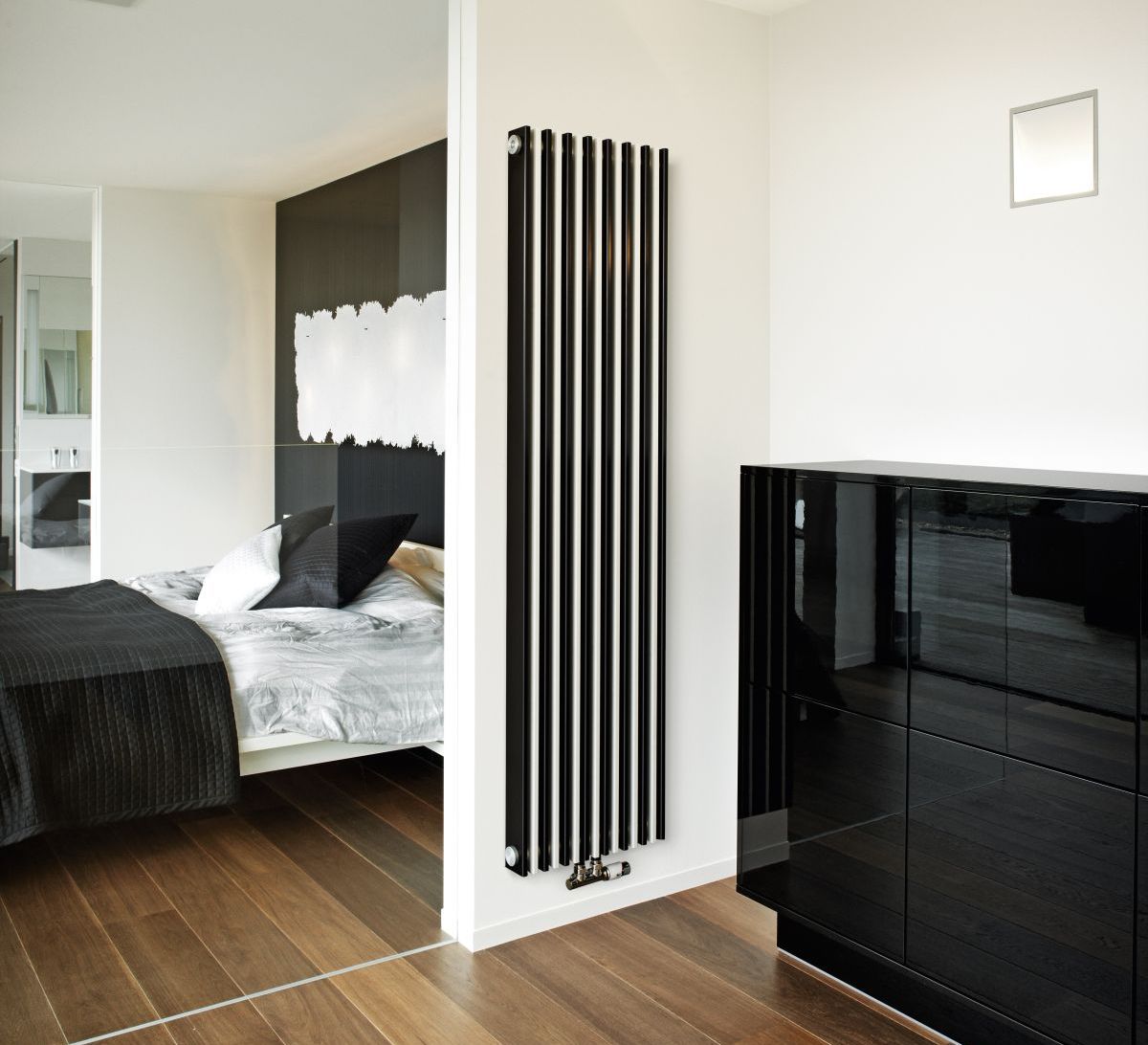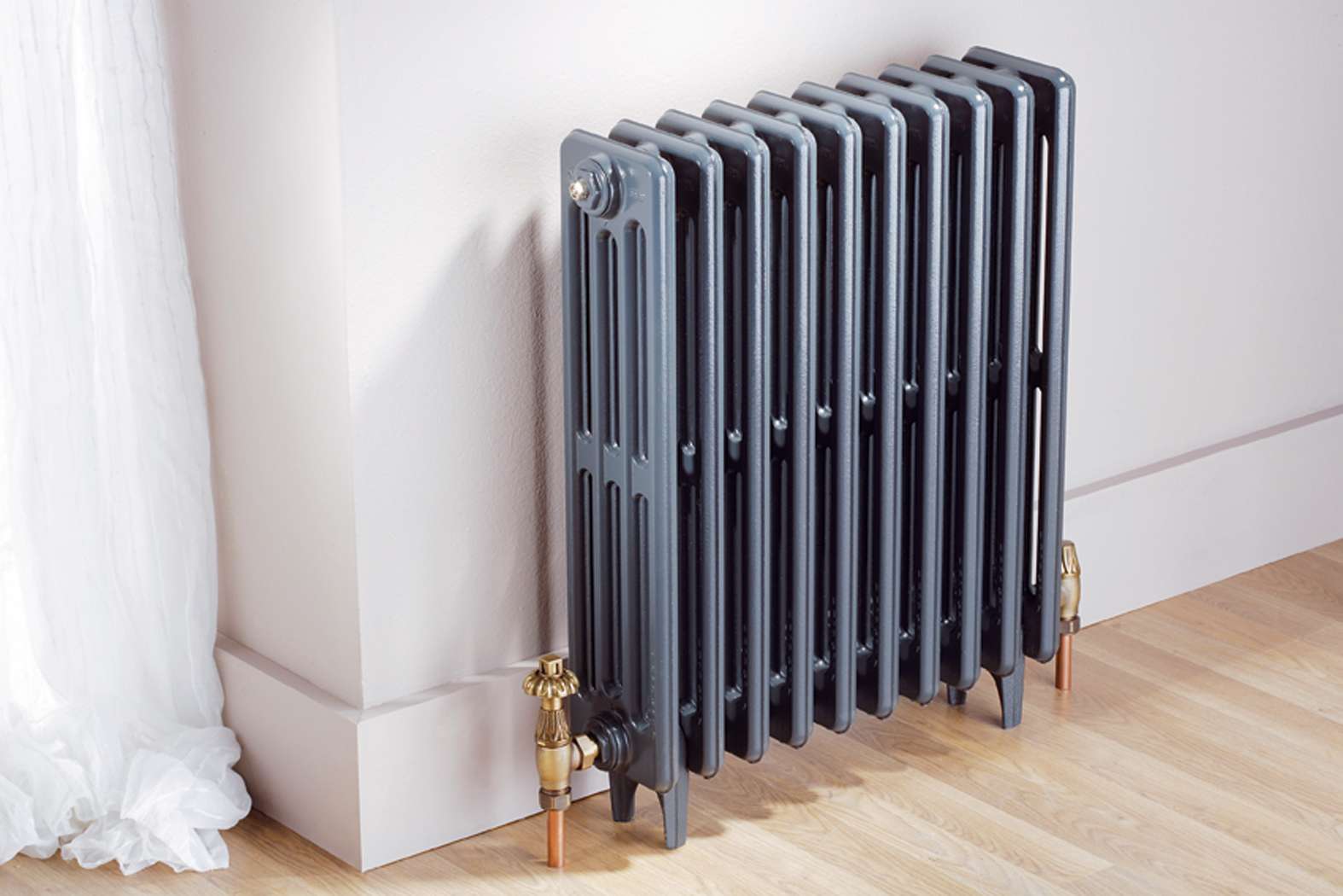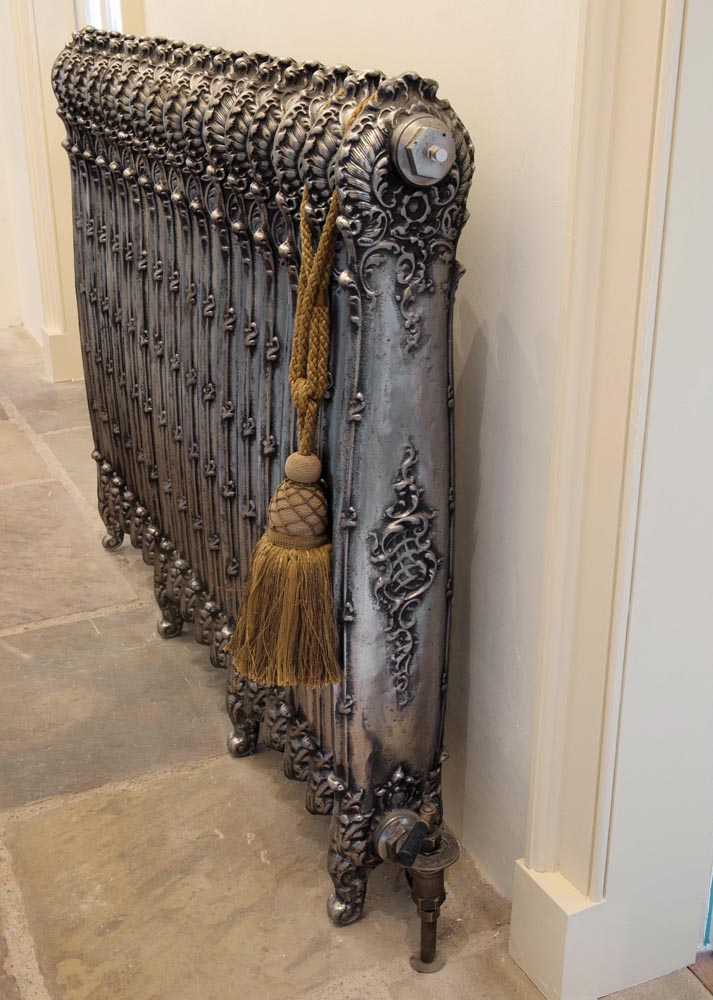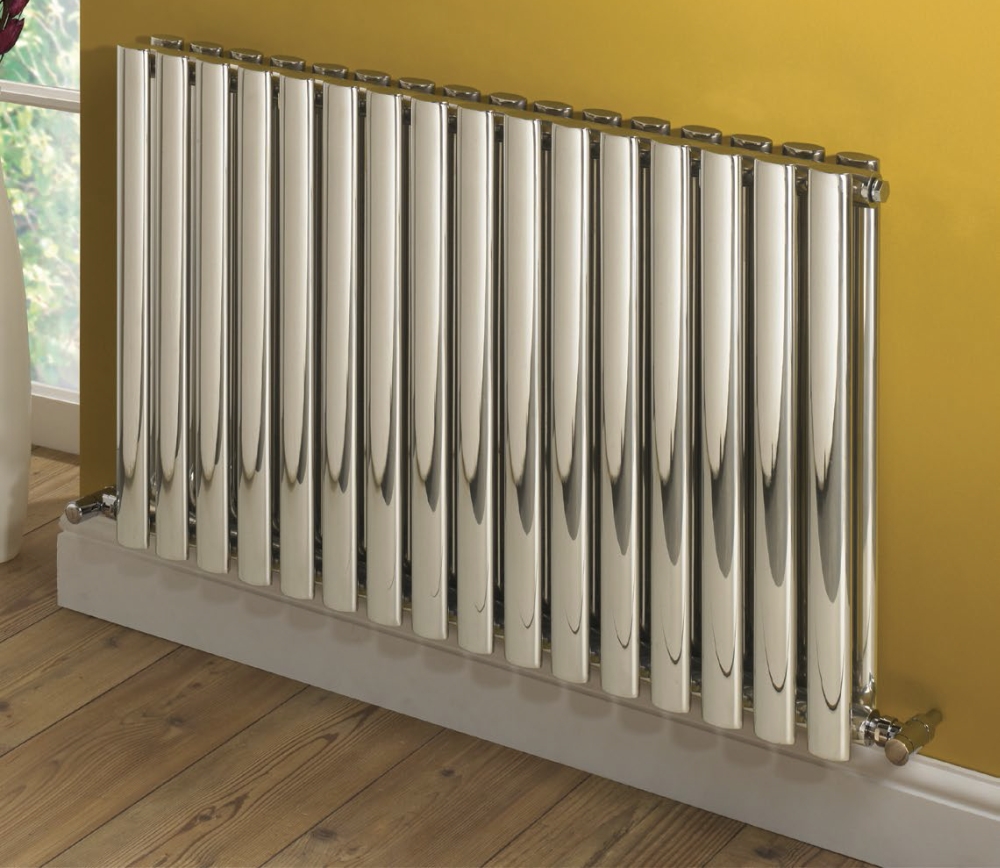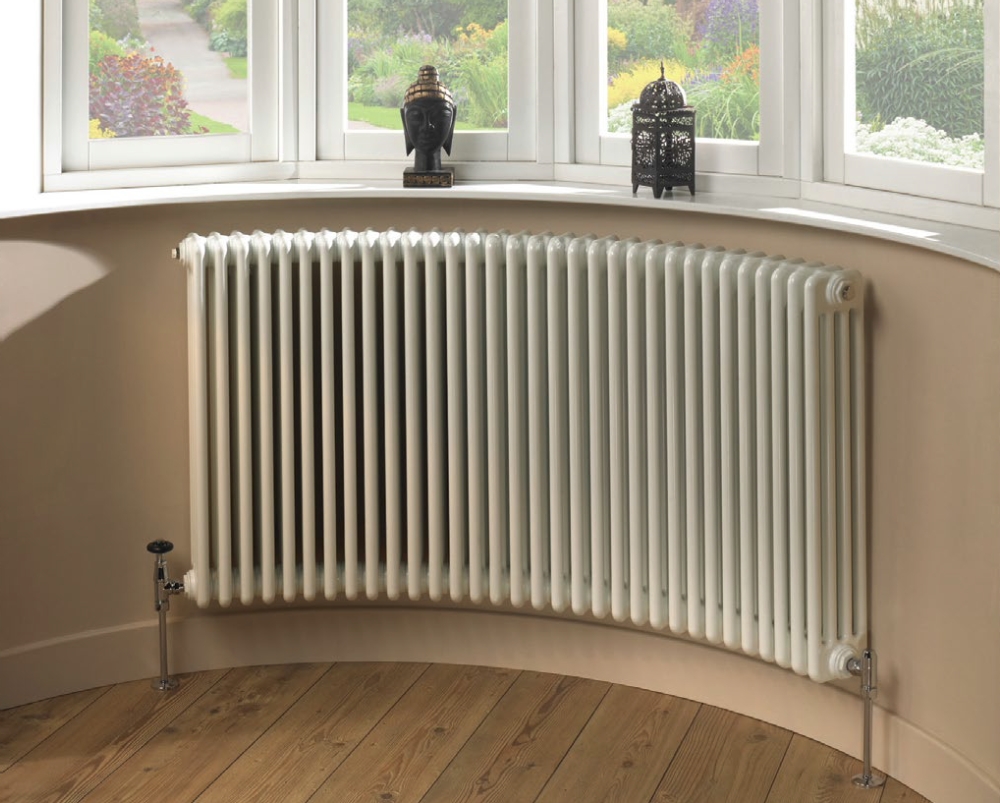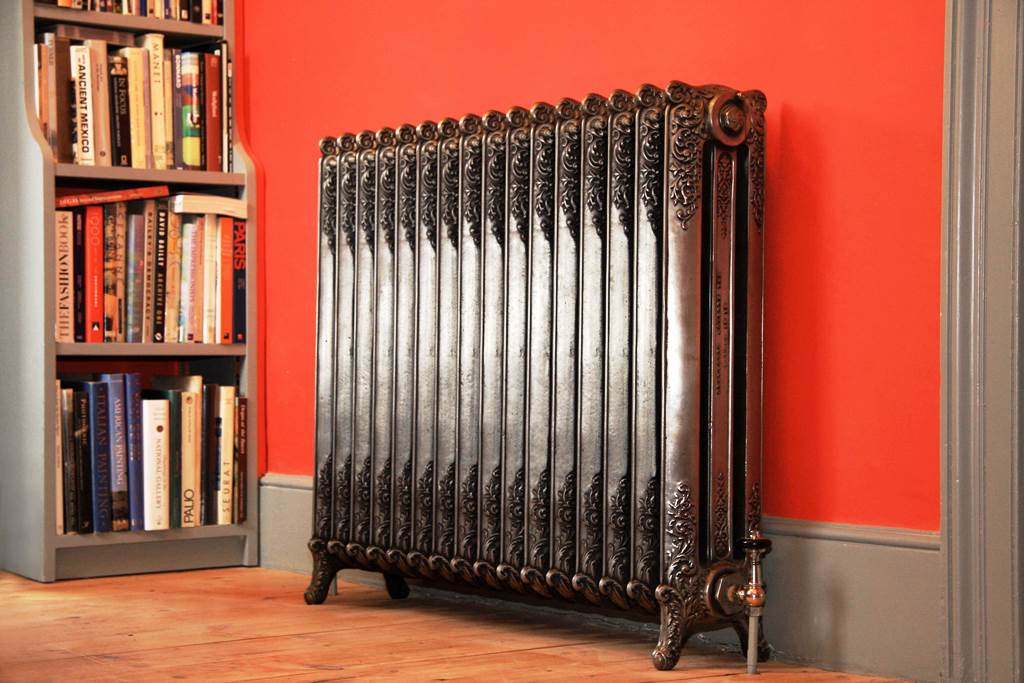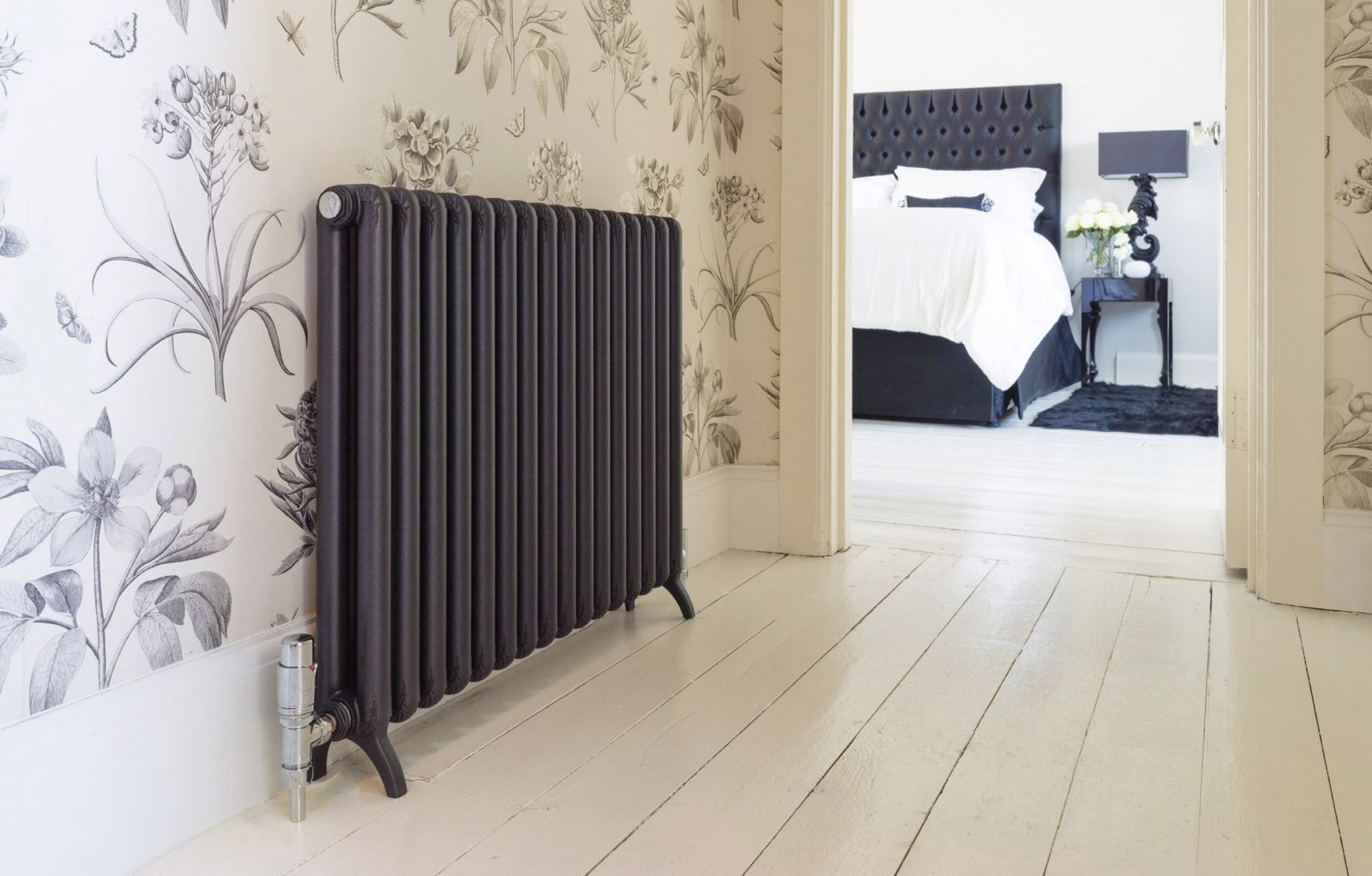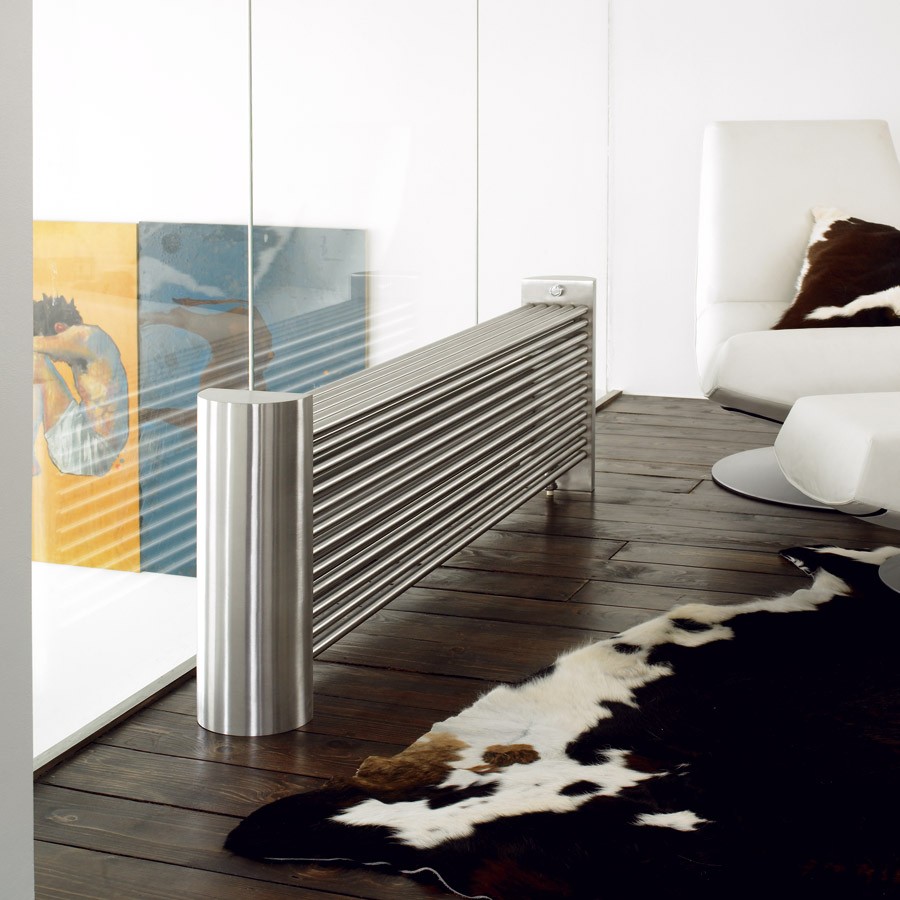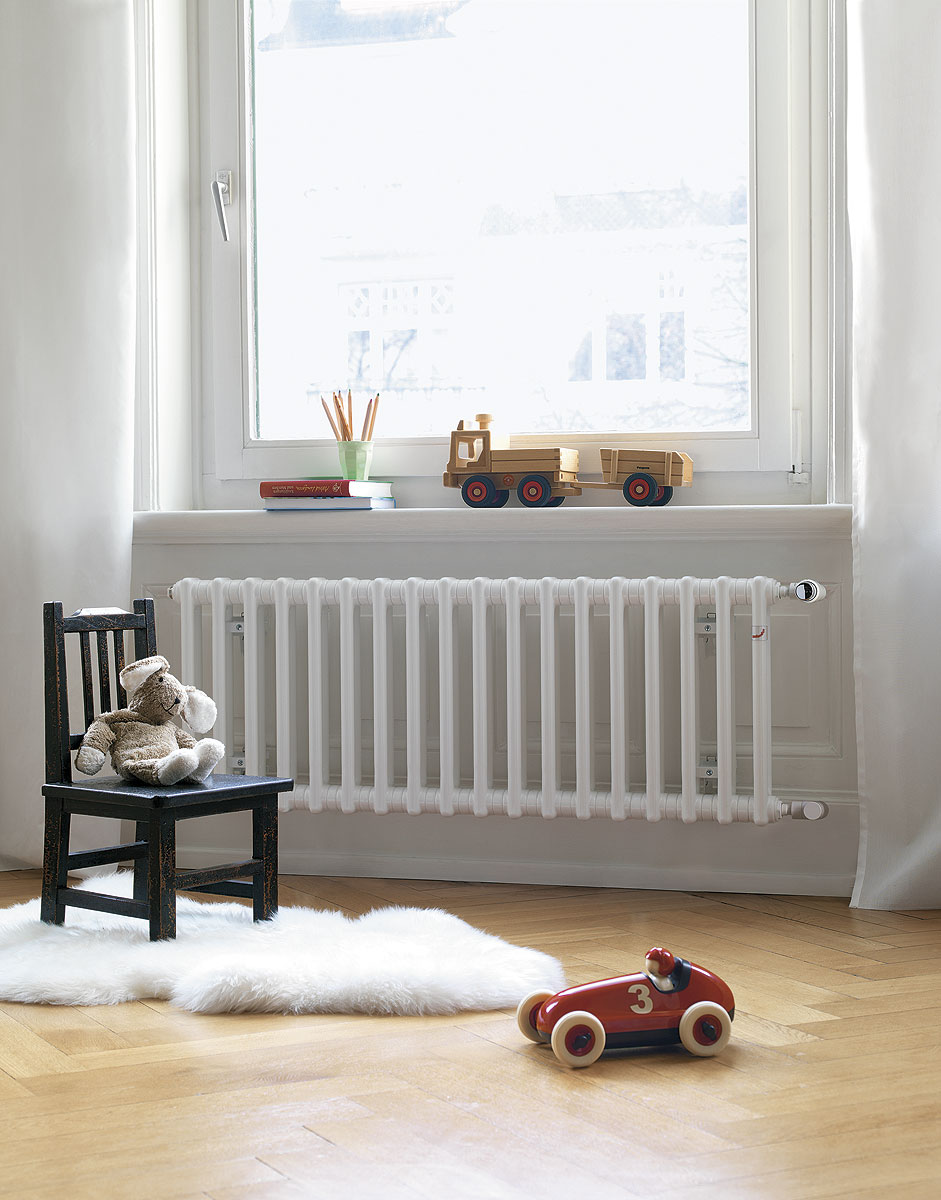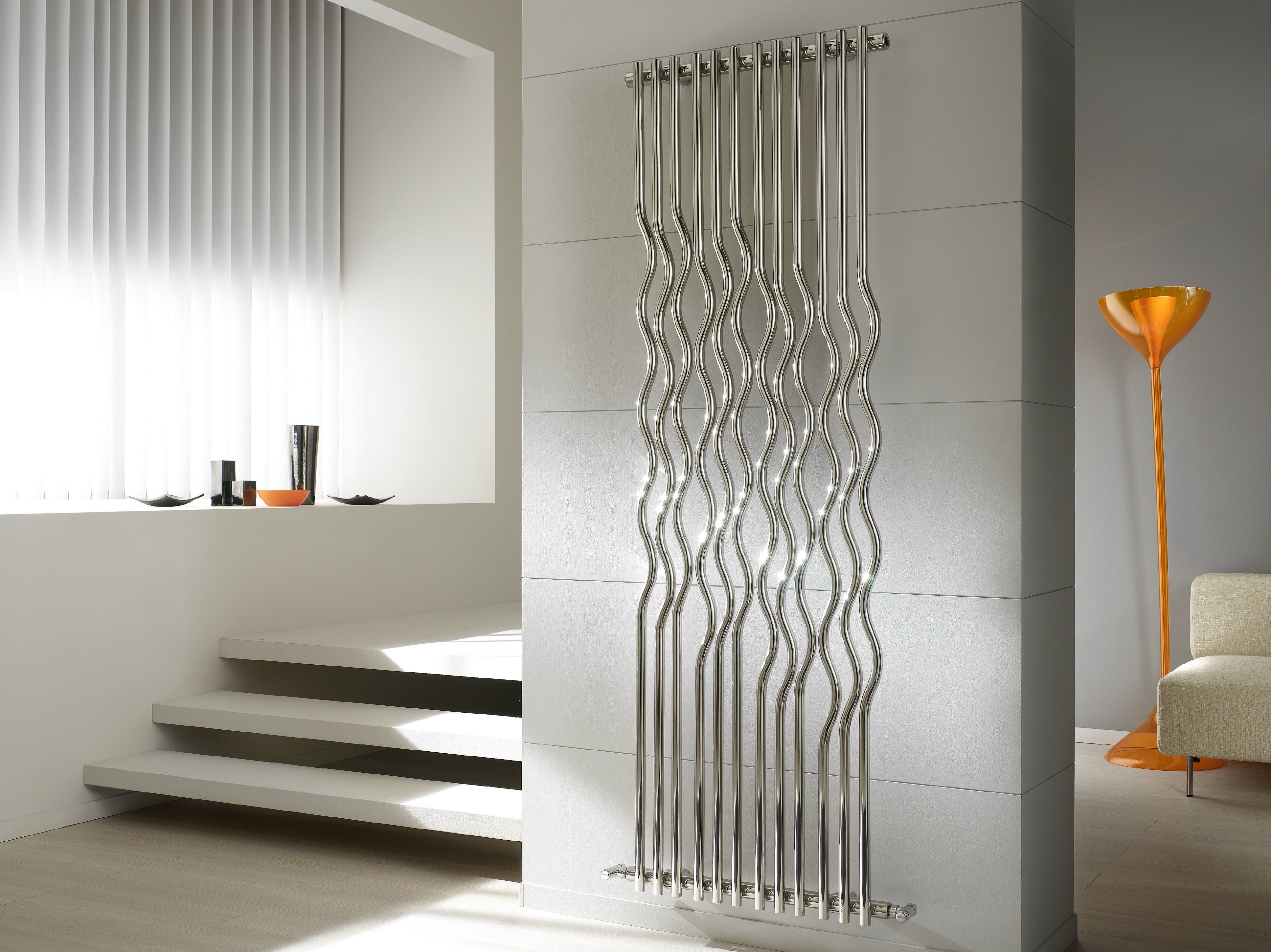Radiator in the interior: useful technique and decorative element
Content
Modern heating equipment in stores has a wide variety of choices. Among the large number of models on the market, it is difficult to choose the best option. Homeowners are trying to choose a radiator that is able to heat the room well, has an aesthetically attractive appearance and is distinguished by an acceptable cost.
Rules for choosing a radiator
How to choose a radiator? Before you go to buy a radiator, you need to make a brief algorithm of actions for yourself:
- From all the proposed options, it is necessary to choose the one that is most suitable in terms of external data: size, shape, color, design, etc.
- It is required to compare the cost of the radiator you like with the available budget.
- It is necessary to check the technical parameters of the radiator taking into account operating requirements.
- You need to choose the radiator that can optimally heat the entire area of the room, that is, it must have a sufficient power level.
- The selected battery must be checked for completeness.
How to choose a radiator?
The radiator should have the most suitable pressure. The value of the working pressure is relevant only for apartment buildings. For a private house, it is not necessary to pay attention to this characteristic. In autonomous systems, the pressure level mainly does not exceed 4 bar.
A good radiator is characterized by the ability to provide the house with sufficient heat. It is necessary to measure the heat loss in the room and determine the consumed heat energy consumption for each room.
Typically, the user selects a radiator, focusing on the area of space. In order to heat one square meter of the room, you need to spend 100 watts.
You must also consider the number of windows in the room. A heater should be installed under each window.
Before buying a radiator, you need to study the technical passport of the room. Typically, heat transfer is calculated for specific conditions. The temperature of the water in the falling pipe is 90 degrees. In the return pipe, it is 70 degrees. In this case, the room temperature is within 20 degrees of heat.
In real life, the conditions are slightly different. Typically, the user tends to have a temperature of more than 20 degrees. For a person, a temperature equal to 22 degrees is considered to be comfortable.
Boiler equipment rarely works at maximum temperature. Water is usually heated up to 70 degrees. In this regard, we can conclude that the heat transfer in the room will be slightly lower than the information that is indicated in the technical passport. You should not focus only on the data specified in the passport. To calculate the final heat transfer rate of the number of sections in the heating device, it is necessary to multiply the area data by a factor equal to 1.5-1.7.
If you correctly compare and analyze the information, then the question of how to choose heating radiators for an apartment will be resolved quickly.It is necessary to take into account your individual preferences, budget, and technical characteristics of the radiator.
Types of radiators
If a comfortable temperature is maintained in a house or apartment, then it becomes cozy and warm, so people are thoroughly suited to choosing a radiator for a house or apartment. Consider all types of radiators that exist today.
Cast iron products
These radiators are heavy. In addition, to maintain the proper appearance, the cast-iron construction must be regularly painted. However, cast iron models are distinguished by their durability and resistance to rust.
Aluminum models
Widely in demand in the consumer market, as they are light in weight and attractive in design. They consist of several sections and are characterized by a high level of reliability.
How to choose an aluminum radiator? The number of sections should be selected taking into account the area of the room. Aluminum radiators are produced in two varieties. The first is intended for apartment buildings, where a pressure of 10 atmospheres is provided. The second option is used for private homes. Its load is 6 atmospheres. Aluminum models are characterized by susceptibility to corrosion, so it is necessary to bleed air from radiators using a special valve.
Steel radiators
They are widely used in private homes. The advantages of these designs are attractive appearance, high heat transfer, reasonable price. The negative side of these models is that they are affected by water hammer.
Bimetal radiators
The design is equipped with an aluminum sheath and a steel pipe mounted in the middle. Bimetallic models withstand the negative effects of water hammer. They are not damaged during prolonged use of a low-quality thermal carrier. Radiators from this material can be used with any type of heating. Since this design is complex, it has a rather high price.
The steel from which the radiator center is made is characterized by excellent anti-corrosion performance. It is durable and reliable. The aluminum shell has a low weight and rapid heat transfer, which affects the preference of this complex design.
How to choose a bimetal heating radiator?
Bimetal radiators have a lot of advantages. They are durable and able to withstand water hammer with ease. They are distinguished by excellent chemical resistance properties.
In addition, bimetallic models are characterized by diversity. You can easily choose a radiator that fits perfectly into the design of the room. All models are compact and light in weight.
Bimetal radiators come in two forms. They can be conventional or semi-bimetallic. The first type includes models that have an aluminum shell and a steel rod. Such models are very durable and eliminate the occurrence of leaks. In the second form, steel is used to strengthen vertical tubes. This design is characterized by high heat dissipation and attractive price.
Choosing a bimetallic battery, determine the design of the future heater. The design can be sectional and monolithic. Monolithic models have a longer service life and can withstand higher working pressures. However, monolithic products are much more expensive than sectional ones.
Bimetallic structures are able to withstand pressure equal to 35 atmospheres. The product is designed for a coolant with a performance of 95 degrees. Heat transfer of the heat carrier is 70 degrees.
Features of the installation of bimetallic models
Installation of bimetallic models will not lead to any difficulties. However, it is important to remember that both right and left threads must be used during installation. Tighten the nuts in the required direction. If you ignore this, then there is a high probability of leaks. As a rule, radiators are sold complete with two types of thread.
Battery installation begins with assembly. Assembly can be done at the factory or at the place where the battery will be installed. The assembly process is advisable to trust professionals with experience. After the assembly is completed, the specialist examines the connection diagram. It is compiled on the basis of the location of the pipes. The most optimal variant of the connection scheme is diagonal.
Next, you need to think about the materials for installation. To connect the fittings, flax equipped with a sealant or a special tape is mainly used. Threaded connections are carried out with precisely measured efforts.
Then the specialist proceeds to the direct installation of the radiator. This event requires knowledge of certain nuances. It is required that an indent equal to 3-4 centimeters is observed from the wall. From the battery to the windowsill, you should also make a gap of 8-12 centimeters.
As a rule, the radiator goes on sale with a protective film made of polyethylene. It is advisable to remove this film at the end of all installation activities.
After the installation is completed, it is necessary to open the cranes. This work must be done smoothly. This will help prevent clogging of pipes. Bleed air from the radiator. If leaks are detected after turning on the tap, they must be repaired. After that, the tap can be turned on again.
During the operation of radiators, it is necessary to try not to block them with screens or curtains. It is advisable to install a jumper on the pipes. A regulator and two screens are mounted between the batteries.
Choosing a radiator, it is necessary to take into account the area of the room, the reliability of the design, the available budget. The competent choice of a radiator is a guarantee of safety, warmth and cosiness in the house.
